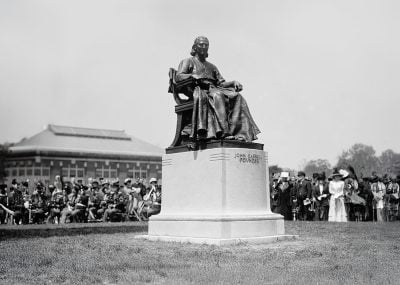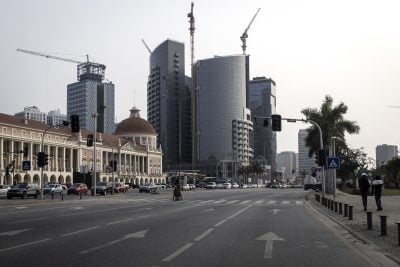In fact, Lovelock gives over an entire chapter of his book to a discussion of this idea, where he writes that far from being a science-fiction fantasy, humans are “ already installing electronic artefacts within our bodies that communicate wirelessly with the technicians that control them.”
However, even if the ‘accelerated evolution’ is as fast as Lovelock believes (some million times faster that the Darwinian evolutionary process), it would seem unlikely that new electronic life forms would appear before mere mortals are confronted by the realities and challenges of global warming.
So Lovelock puts his mind to this conundrum and comes up with the imaginative proposal that mankind must retreat into urban centres. These cities would sustain life in the short to medium term.
The rationale is clear – that instead of relying on unviable renewable energy, or nuclear energy – which would seem to be generally publicly unacceptable – by concentrating in major metropolises, humanity would be able to “air condition” these areas, rather than attempting to “air-condition” the entire planet.
“We can try sustainable development and renewable energy, and we can try geo-engineering to help the Earth self-regulate,” Lovelock argues.
“We can do these things with the same certainty that our 18th century ancestors had about the power of mercury, arsenic or bloodletting to cure their diseases,” he adds.
Although Lovelock says that there are “intriguing” social possibilities if the ant or termite nest can be used as a model for human evolution in which we become a nest animal living in city nests, he is broad minded enough to question whether this would bring about something similar to the idealised communist state, or a benign oligarchy.
“A great deal may depend on the extent of movement of people between the cities. If it is frequent and easy, the world may be relatively peaceful as it is now; but if the cities are isolated and travel between them difficult, it seems likely that each city will form a tight tribal group and, as with social insects, wars between the city nests may be fairly frequent,” the author cautions.
But the beauty of this idea of mankind retreating to “city nests” is that as well as being much easier to regulate temperatures within them to an acceptable level of comfort, it would also allow the greater Gaia (that Lovelock describes as his intellectual companion for half a century as the “self-sustaining planet”) to return to a superior state of equilibrium.
As Lovelock states: “It is good to remember that the feedbacks that keep a system stable work best when powerfully amplified. This is why the huge potential of inflated evolution to amplify could be so valuable; the self-regulation of the Earth demands both positive and negative feedback coherently applied.”
Want to continue reading? Subscribe today.
You've read all your free articles for this month! Subscribe now to enjoy full access to our content.
Digital Monthly
£8.00 / month
Receive full unlimited access to our articles, opinions, podcasts and more.
Digital Yearly
£70.00 / year
Our best value offer - save £26 and gain access to all of our digital content for an entire year!

 Sign in with Google
Sign in with Google 




